Special thanks to Patrick Jones for inspiring this article!
Over the last century, North Omaha gentrification has acted like the backhand of white flight. Gentrification is an act of white supremacy that relies on and reinforces the power of white people to discriminate economically, socially, culturally and in other ways against people of color solely because of the perceived power of being white. Several organizations in North Omaha’s history have fought gentrification. One of the most active and successful was a short-lived, community-driven campaign that employed sophisticated tactics and advanced organizing techniques. This is a history of North Omaha’s Lake-Charles Community Organization.
Starting Out

The historical record shows African Americans began struggling for Civil Rights in Omaha in the 1870s. By the emergence of the national Civil Rights movement in the 1950s, the city was well-aware Blacks wanted social justice, and some white people were onboard with this movement. African American community organizer Michael Adams of NOVA and the Urban League is credited with starting the Lake-Charles Community Organization along with Father Gerald Millenkamp of the Catholic Social Action Office.
The Lake-Charles Community Organization was a Black-led self-empowerment tenants’ organization that was important to the community for several years. Established in 1966 as part of a push with local VISTA volunteers, the organization was created as part of a citywide trend towards organizing neighborhood associations. The group was comprised of residents who lived from Charles Street to Lake Street, from North 16th to North 30th Streets, which city numbers estimated at 30,000 residents, 80% of whom were African American. The Lake-Charles Community Organization was formed in 1966.
Leadership
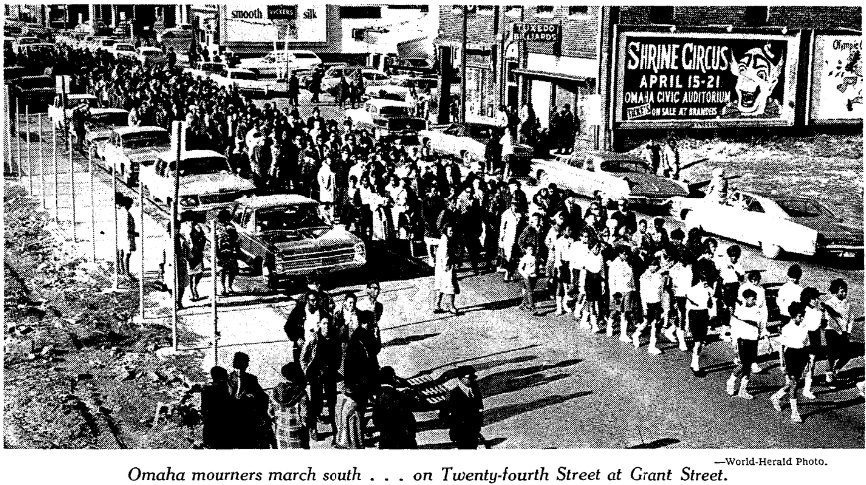
In 1966, Rev. T. Hottinger organized a meeting sponsored by the organization with the City of Omaha planning department focused on the impending construction of the North Freeway. With City officials and a state highway planner scheduled to speak, an open call went out to the neighborhood to discuss the first phase construction happening from Cuming Street north to Lake starting in late 1966. Pilgrim Baptist Church played host to the conversation. The concerns of residents would go largely unheeded, and construction of the highway would ultimately go on to destroy more than 1,000 homes, businesses and churches along its route from Cuming to Ames Avenue and beyond, permanently dissecting the city’s African American community and leaving an indelible scare on the heart of North Omaha.
Sarah Roundtree was a co-leader of the organization in 1967. She led a committee of neighborhood activists working to address absentee landlords in the Near North Side neighborhood. Unable to get responses, they announced to the newspaper that picketing and boycotts would be considered for unresponsive targets. That same year, VISTA volunteers served the Lake-Charles Community Organization by facilitating afterschool and summer activities for children and youth in the neighborhood. Sponsored by the Holy Family Catholic Church, the workers worked throughout the Near North Side facilitating responses to education, recreation and other unmet social needs.
In late 1967, the organization applied to the Federal Housing Authority for funding to build housing in the neighborhood. They didn’t receive the funding though. Starting that same year, the organization operated a program located on North 24th Street called the Lake-Charles Day Care Center. It was funded using federal money through Greater Omaha Community Action, or GOCA, and operated as a Head Start Program.
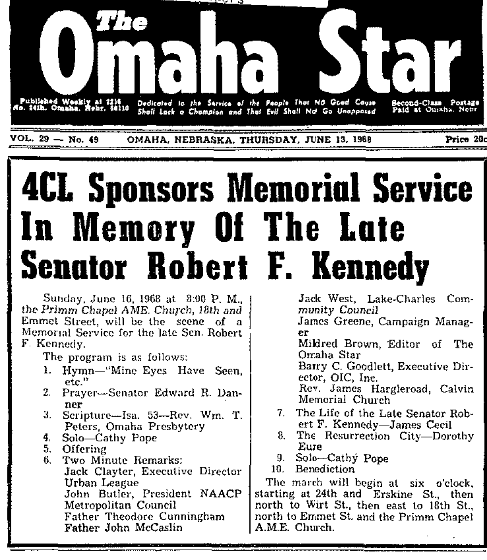
In 1968, Jack West was the leader of the organization when he was cited by the newspaper as asking that the Omaha Police Department fired patrolmen Duane G. Pavel and Richard L. Gilliam for their treatment of African Americans when they broke up a dice game. Apparently, the cops had beat more than one suspected gambler, and West was sharing the frustrations of the community at the time.
In June 1968, he was invited to speak at a memorial event after Robert Kennedy was assassinated. That year, the organization also sponsored a neighborhood cleanup led by the Neighborhood Youth Corps. West also traveled to Lincoln to speak about Black Power and other topics at the city’s African American community center. North Omaha icon Charles Washington was very active in the organization, too.
During a memorial march after the assassination of Rev. Dr. Martin Luther King, Jr., West was congratulatory towards the 2,000 marchers and other observers when he witnessed no violence. As the leader of the Lake-Charles Organization, West spearheaded a group of Omahans in established the King Scholars program for African American students at the University of Nebraska. Susan Buffet, Leo Daly, V.J. Skutt, Peter Kiewit and others were involved.
“There seems to be a new unity. Maybe there’s a chance for a dramatic change in Omaha.”
– April 8, 1968 Omaha World-Herald, “Mayor, Black Leaders Call for Non-Violence.”
It was also in 1968 when the Lake Charles Organization started proposing a Black voting bloc and Black power, which West defined as “economic and voting power in the hands of Black people.”
Lake-Charles Newspaper
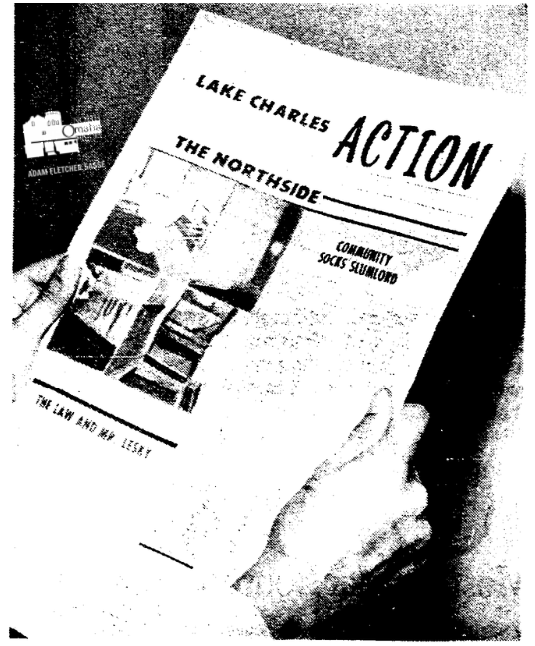
Almost as soon as the organization was founded, it was publishing Lake-Charles Action, a newspaper with details about events and organizational projects, as well as editorials. The Omaha World-Herald regularly ragged on Lake-Charles Action, calling it radical, revolutionary and irresponsible, and saying it featured, “blanket denunciations of Federal, state and local government and of the ‘white middle class,’ personal attacks on local officials, diatribes against the public schools, calls for ‘revolution’ and so on.”
Rodney Wead was also a leader of the organization in 1967 when he was quoted by the Omaha World-Herald as saying, the purpose of the newspaper “is to make people mad.” He continued, “If we get them mad, people will do something about the problems.” The newspaper commentated, “Lake-Charles Action apparently is the first militant publication to emerge from Near North Side neighborhood action organization. But the directors of the Hamilton-Lake Community Council and the Kellom Community Council said their groups will probably put out such publications soon.” Wead said the newspaper was militant in that it,
“…goes eyeball to eyeball with the issues that are relevant to the area. It is tough in its language and it is sympathetic to the problems of the people.”
–“Paper aims to rouse,” by Jack Holley for the Omaha World-Herald on November 2, 1967.
In 1968, amid a federal funding controversy, Jack West told reporters that the paper was funded entirely by advertisements and contributions. 2,000 copies were printed of each issue, which was written, distributed and helped solely by volunteers. The newspaper was called Lake-Charles Action and focused on issues in the neighborhood and affecting issues affecting African Americans, received a great deal of fiscal support from west Omaha readers. Among several contributors, activist David Rice, aka Mondo we Langa (1947-2016), was a frequent writer.
The End?
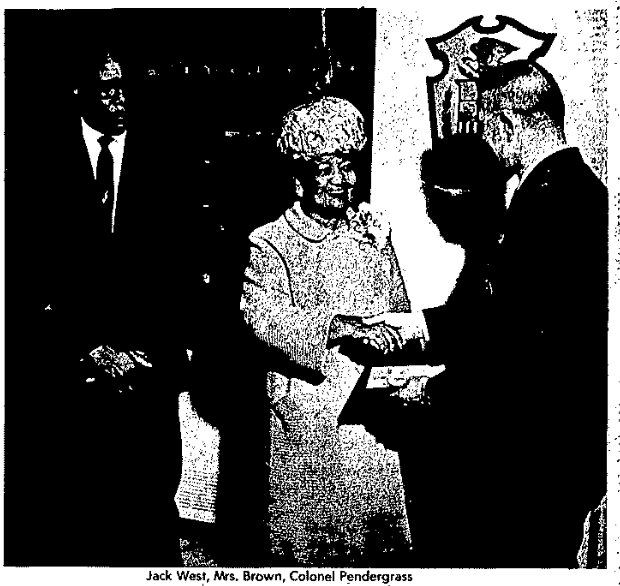
Mentions of the Lake-Charles Community Organization in the Omaha World-Herald and the Omaha Star ended in 1969. Around this time, Jack West started a position with the City of Omaha and in 1970, received a civic pride award from the City of Omaha Human Relations Commission.
Today, there are no memorials for the Lake-Charles Community Organization, and few histories mention the service of this organization to the Near North Side or African Americans in Omaha. However, this short-lived neighborhood association left a long shadow over the history of the Near North Side neighborhood that can still be seen today, if only we look at the history they left behind.
You Might Like…
- A History of Near North Side Neighborhood In North Omaha
- A History of North Omaha’s Long School Neighborhood
- A Tour of the Civil Rights Movement in Omaha
BONUS PIC!


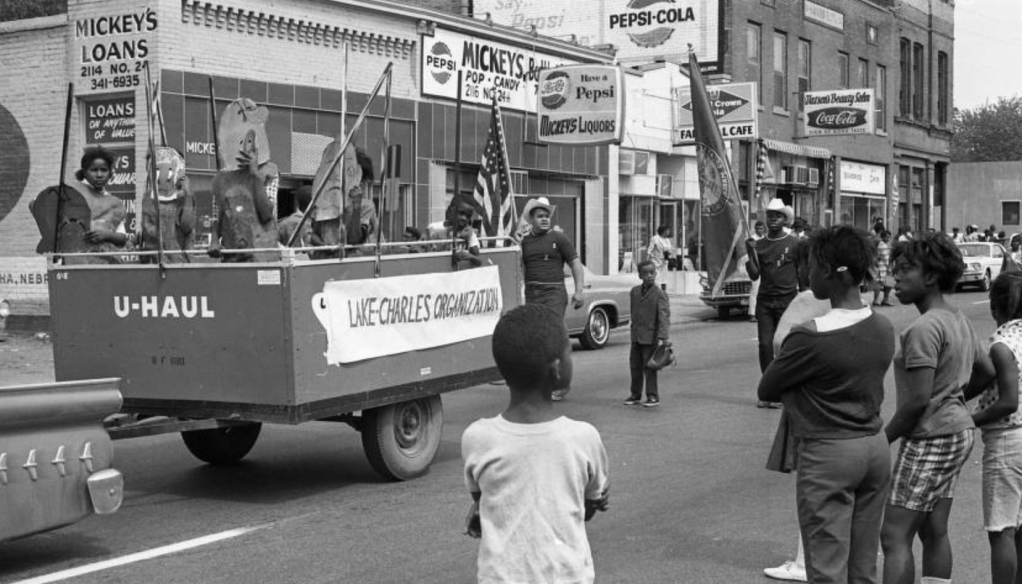
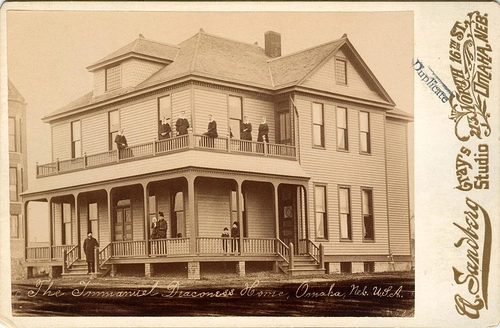

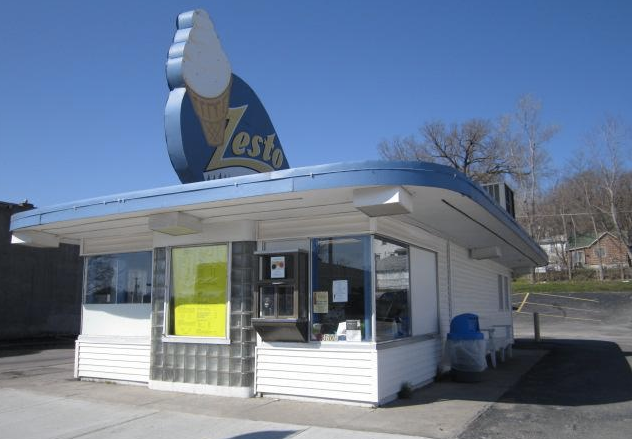
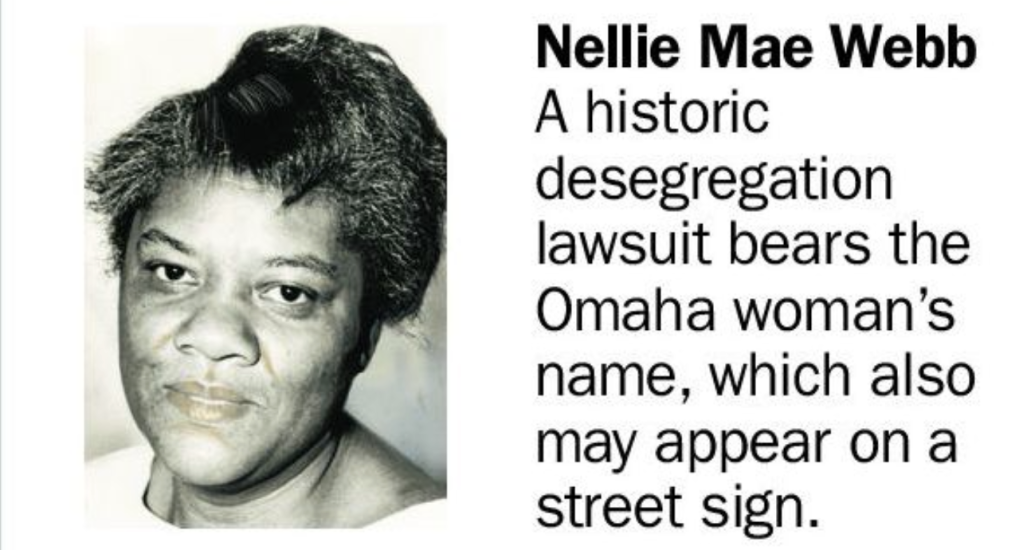
Leave a comment